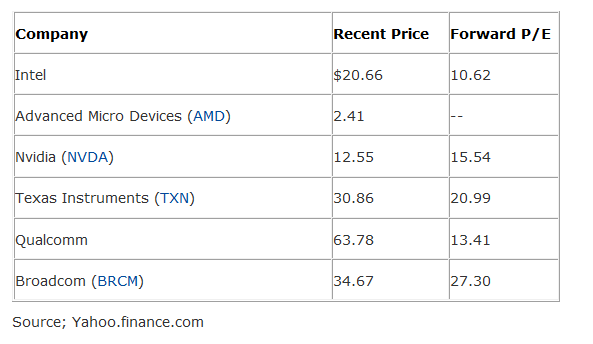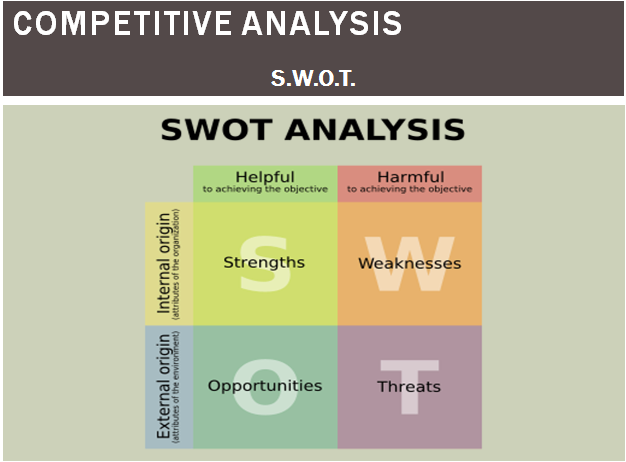 |

9:46:20 PM] Stephen Shiao: Price: dropped 20% in past 2 months, but forecast is bullish at Q2 earning (in August). Q4 expected $1.01~$1.26B. Current at 5% of 52 week low.
[9:47:19 PM] Stephen Shiao: Apple: 15" iMac (4-5M units/yr) come with Kepler line of GPU.
[9:48:29 PM] Stephen Shiao: Mobile/Tablet: Tega 3 SoC powered Google Nexus 7, Amazon Kindle File + HD, Segment as low end priced ($199 ~ $249), because Apple iPad-Mini priced $329
[9:50:33 PM] Stephen Shiao: PC: HP/DELL will follow Apple use GeForce
[9:51:19 PM] Stephen Shiao: Game: GeForce, 60% faster.





